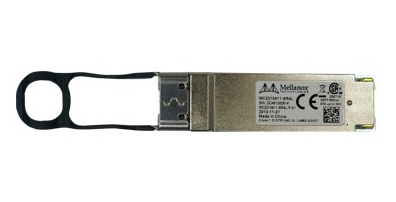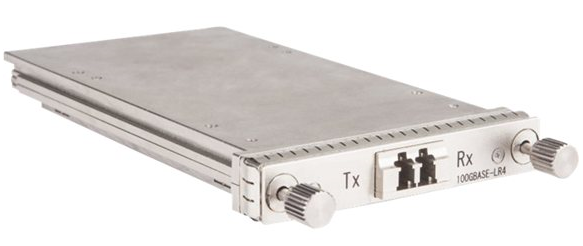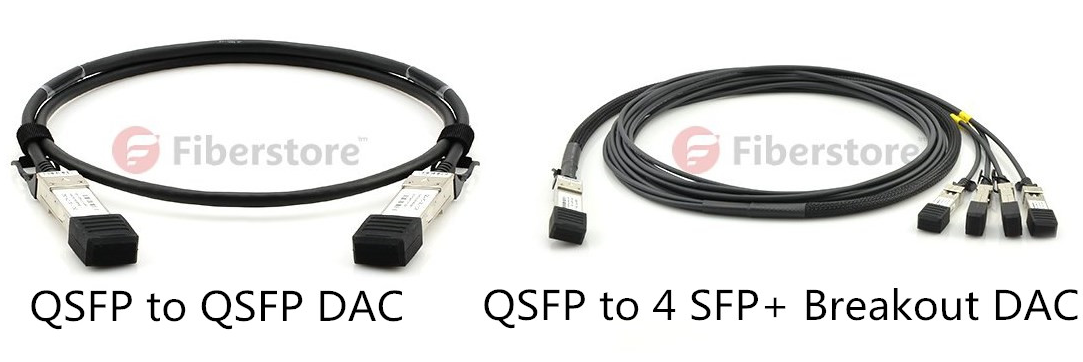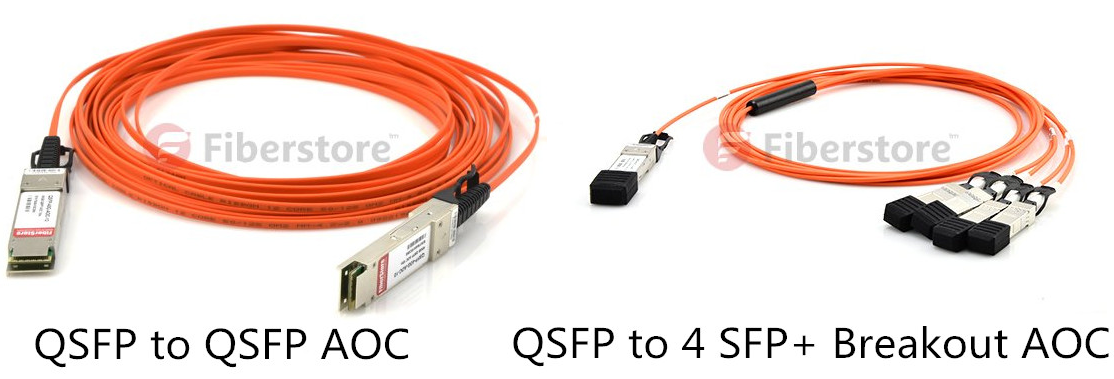Data centers regularly undertake their own great migration, to ever-higher-speed networks. Since IEEE 802.3ba Ethernet standard introduced the 40 Gigabit Ethernet in 2010, 40G has been an unstoppable tendency in the future. At present, QSFP, CXP and CFP are three 40G transceiver module options. Among QSFP is the most common one. In terms of 40G QSFP modules, there are many different types available, such as QSFP-40G-CSR4, QSFP-40G-LR4, QSFP-40G-SR4, QSFP-40G-LRL4 and QSFP-40G-PLRL4 etc. We can see that QSFP-40G-LRL4 and QSFP-40G-PLRL4 look like similar. One difference is QSFP-40G-PLRL4 has a word “P”. So, what does this word mean? This passage will explain it and tell you some other differences between them.
In fact, QSFP PLRL4 refers to QSFP parallel LRL4. In general, digital data transmission can occur in two basic modes: serial or parallel. In parallel transmission, multiple bits are sent simultaneously on different channels within the same cable, or radio path, and synchronized to a clock. However, in serial transmission, bits are sent sequentially on the same channel which reduces costs for wire but also slows the speed of transmission. So 40G QSFP PLRL4 module uses parallel transmission which is achieved with MPO/MTP multifiber connectors. 40G QSFP LRL4 module uses serial transmission of which the connector is LC.
For these two modules both operate on 40GBASE-LRL4 standard, they actually both support link lengths of up to 1 kilometers over a standard pair of G.652 single-mode fiber. But besides the optical connectors they used, the wavelength and the interoperability of them are also different.
Wavelength (nm)
- 40GBASE-LRL4 QSFP (Multiplexing and demultiplexing of the four wavelengths): 1270 nm, 1290 nm, 1310 nm, 1330 nm
- 40GBASE-PLRL4 QSFP: 4 x 1310nm
Interoperability
- For 40GBASE-LRL4 QSFP, the 40 Gigabit Ethernet signal is carried over four wavelengths. Multiplexing and demultiplexing of the four wavelengths are managed within the device.
- For 40GBASE-PLRL4 QSFP, the 4x10G connectivity is achieved using an external 12-fiber parallel to 2-fiber duplex breakout cable, which connects the 40GBASE-LR4 module to four 10GBASE-LR optical interfaces. QSFP-40G-PLRL4 is optimized to guarantee interoperability with any IEEE 40GBase-LR4 and 10GBase-LR (in 4x10G mode).
All the comparisons between 40G QSFP LRL4 and PLRL4 modules above are listed in the following table. From this chart, you may get a more intuitive understanding.
| Name | Distance | Wavelength | Connector | Interoperability |
| QSFP-40G-LRL4 | 1km (G.652) | 1270nm, 1290nm, 1310nm, 1330nm | LC | 4-Channel CWDM Mux/Demux inside with SFP+ CWDM |
| QSFP-40G-PLRL4 | 1km (G.652) | 4 x 1310nm | MPO/MTP | 4 x 10G operations on SMF with SFP+ LR |
After reading this passage, you may know more about these two kinds of QSFP modules. Each one of them has their own features, which can satisfy different applications. You should choose the most suitable module for your use. fs.com has a large number of QSFP-40G-PLR4 and QSFP-40G-PLRL4 modules in stock with super quality and competitive price. You can visit that website to choose your optics.
Related Article: 40G Transceiver Module: QSFP+ Module And CFP Module











